These 13 Caribbean Destinations Come With Risks—And 2 Are No-Gos
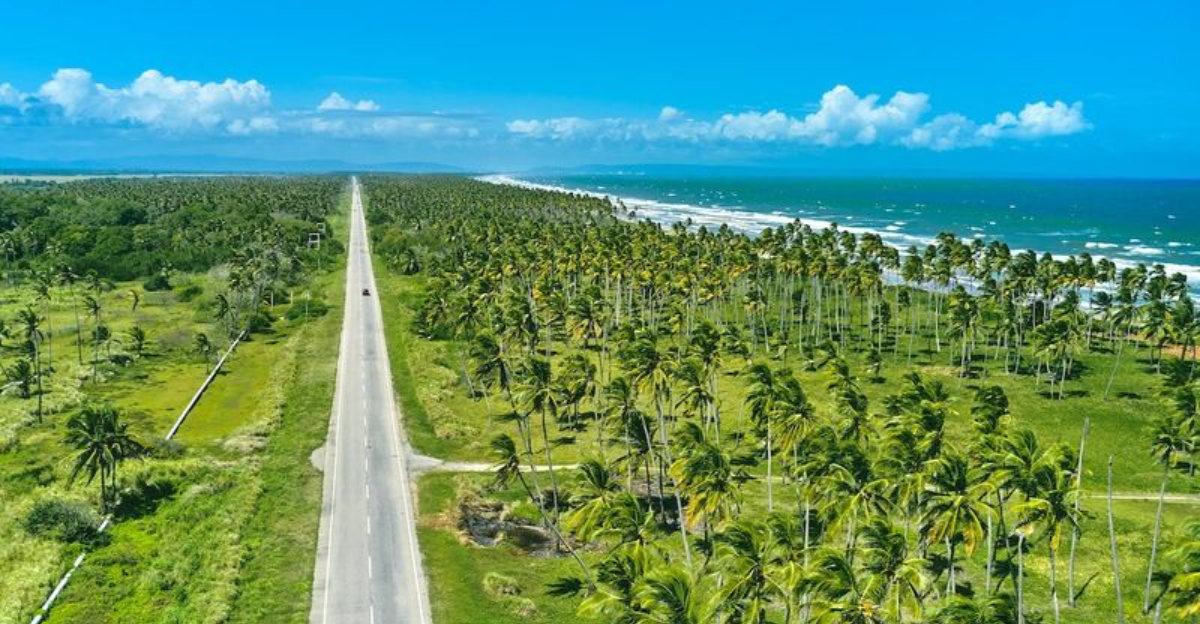
Craving sun, sand, and turquoise waters? You’re not alone. The Caribbean calls to millions of travelers each year—but not every island offers the same level of safety and peace of mind.
I’ve sifted through the latest travel advisories, local insights, and real traveler experiences to break down which Caribbean destinations are best enjoyed with a bit more caution.
Whether it’s areas with higher crime rates or places experiencing political unrest, being informed can mean the difference between a carefree getaway and one that comes with stress you didn’t pack for.
So, which islands should be on your radar—and which might deserve a second thought? Let’s dive into the details before you book that beach chair.
1. Jamaica’s Paradise Comes With Precautions
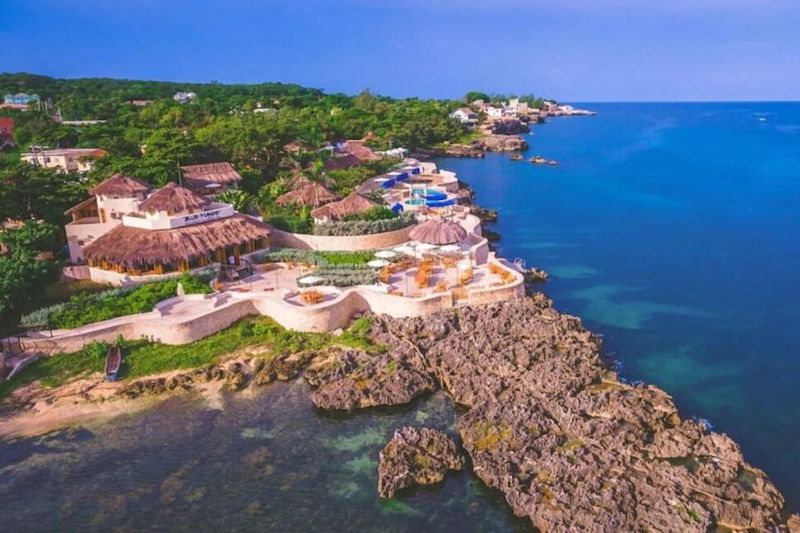
Jamaica’s breathtaking beaches and reggae rhythms attract millions of tourists yearly, but certain areas demand vigilance. Kingston and Montego Bay have neighborhoods with high crime rates where tourists should never wander.
Outside resort areas, robberies and scams targeting visitors happen frequently enough to warrant concern. When exploring, stick to guided tours rather than solo adventures.
Most visitors who stay within resort boundaries or tourist zones have trouble-free vacations. The government has established special tourist police units in popular areas, but always keep valuables secure and avoid displaying expensive jewelry or electronics.
2. Trinidad and Tobago’s Hidden Dangers
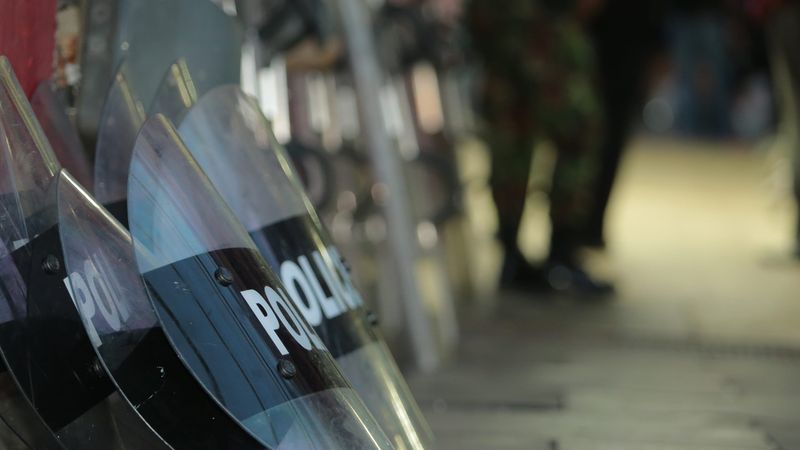
Despite carnival celebrations and stunning beaches, Trinidad and Tobago grapples with serious crime issues visitors should know about. Port of Spain, particularly after dark, sees frequent robberies and assaults that sometimes target tourists.
Gangs control certain neighborhoods, making wrong turns potentially dangerous. Women travelers especially report harassment ranging from catcalling to more threatening behavior.
Tobago generally feels safer than Trinidad, but isolated beaches have become robbery hotspots. When visiting, arrange transportation through your hotel, avoid wearing flashy items, and stay alert even in seemingly safe areas. The natural beauty remains worth experiencing with proper precautions.
3. Dominican Republic Requires Street Smarts
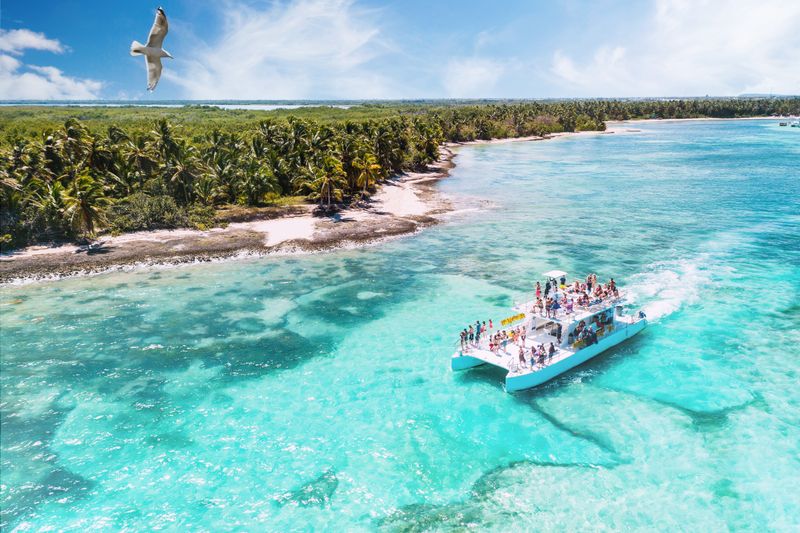
Gorgeous coastlines and affordable all-inclusives make the Dominican Republic hugely popular, yet safety concerns persist. Recent years have seen high-profile tourist incidents involving drink tampering and assaults, particularly in Santo Domingo.
Highway robberies occasionally target rental cars, while motorcycle drive-by thefts occur in urban areas. The country has responded by increasing police presence in tourist zones.
Water safety presents another concern – many resorts lack lifeguards despite strong currents. When visiting, stick to reputable accommodations, avoid drinking anything you haven’t personally seen prepared, and use hotel safes for passports and valuables. Most visitors experience nothing worse than aggressive vendors.
4. Saint Lucia’s Beauty Masks Petty Crime
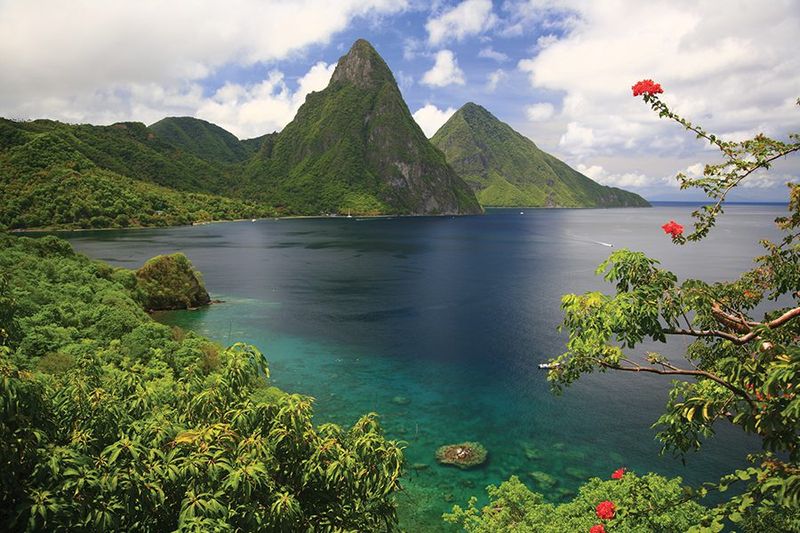
Saint Lucia’s dramatic pitons and luxury resorts create postcard-perfect vacations, but crime targeting tourists occurs regularly outside resort areas. Cruise ship passengers exploring Castries have reported numerous snatch-and-grab incidents.
Isolated beaches and hiking trails sometimes become robbery sites when visitors bring valuables. The local police take tourism safety seriously but have limited resources.
Though violent crime rarely affects tourists, home invasions occasionally impact vacation rentals. When visiting this stunning island, consider guided excursions rather than independent exploration, avoid beaches after dark, and secure accommodations thoroughly. The island’s natural wonders remain absolutely worth experiencing with reasonable precautions.
5. Nassau’s Troubling Side Streets
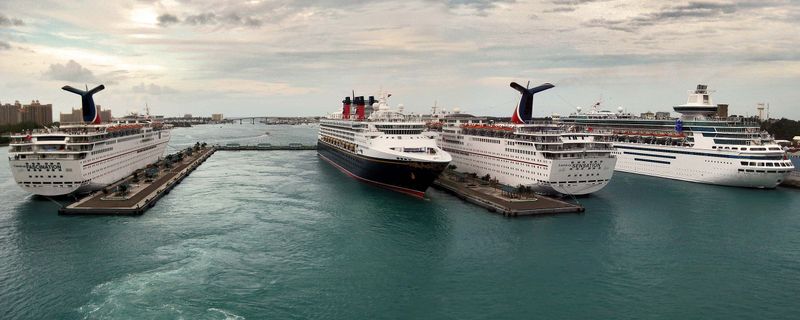
Nassau’s cruise port welcomes millions annually, but venturing just blocks from main tourist areas can lead to trouble. Over-the-Hill neighborhoods see gang activity and violent crime that occasionally spills into tourist zones after dark.
Beach vendors can become surprisingly aggressive when rejected. Water sports operators sometimes lack proper safety equipment or insurance coverage for accidents.
Paradise Island remains relatively secure, though expensive items left unattended on beaches frequently disappear. When visiting, use only licensed taxis, avoid walking alone at night even in seemingly safe areas, and research which beaches have reported problems. Most visitors experience the Bahamas’ beauty without incident by exercising basic caution.
6. Puerto Rico’s Urban Caution Zones
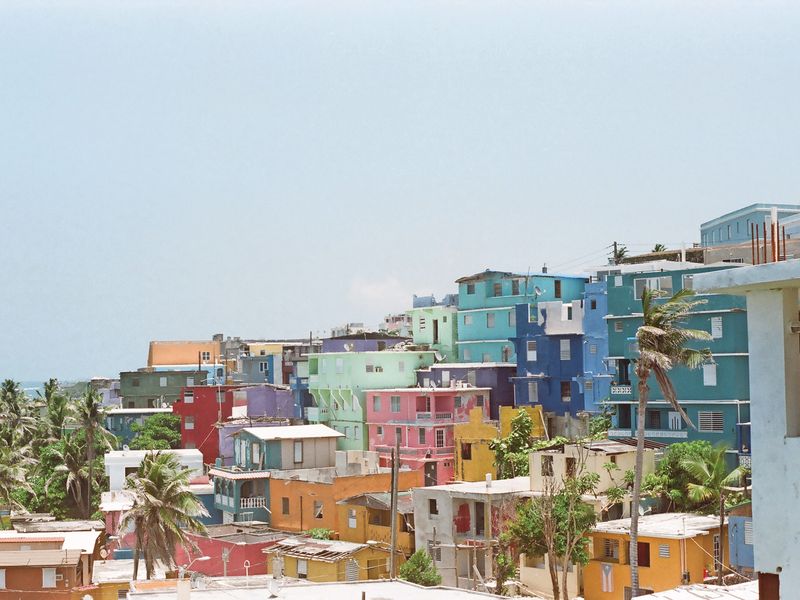
Puerto Rico offers incredible diversity from rainforests to historic sites, yet certain San Juan neighborhoods demand serious caution. La Perla, Puerta de Tierra, and parts of Santurce have high crime rates where tourists should never wander, especially after dark.
Car break-ins plague popular attractions like El Yunque and remote beaches. Hurricane damage has left some areas with unreliable infrastructure and spotty emergency services.
Most concerning for visitors are occasional violent crimes that have targeted tourists in recent years. When exploring this fascinating island, stick to well-traveled areas, avoid displaying valuables, and research neighborhoods before booking accommodations. Old San Juan remains generally safe with visible police presence.
7. Saint Vincent’s Unexpected Challenges
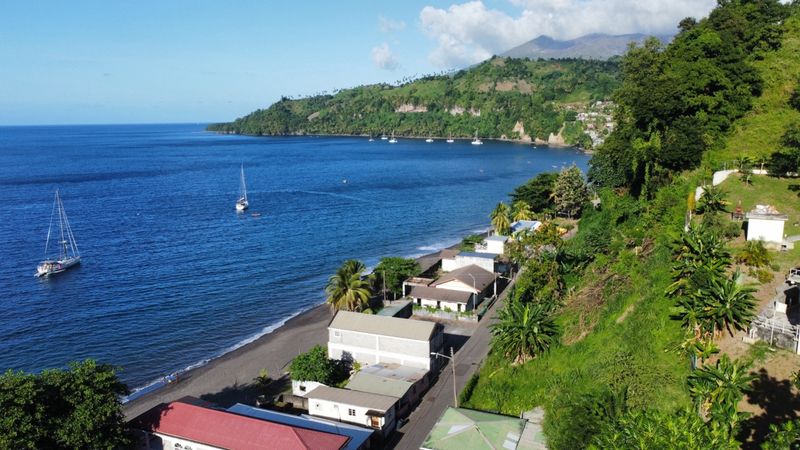
Saint Vincent and the Grenadines offers unspoiled beauty, but limited police resources create security gaps visitors should understand. Yacht break-ins have increased in certain anchorages, while beaches outside resort areas occasionally see robberies.
The volcanic landscape creates natural hazards including dangerous currents at certain beaches and trails that become treacherous after rain. Medical facilities have very limited capabilities for serious emergencies.
Drug trafficking through the region introduces an element of risk, particularly on more remote islands. When visiting this archipelago, register watercraft with marine police, avoid isolated beaches with valuables, and consider travel insurance with medical evacuation coverage. The pristine environment and authentic Caribbean experience reward those who come prepared.
8. Grenada’s Growing Pains
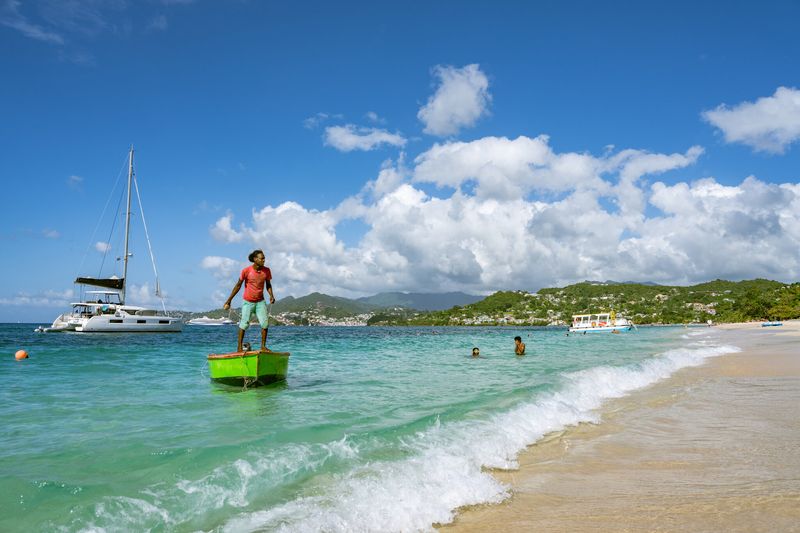
Grenada has long enjoyed a reputation as one of the Caribbean’s safest destinations, but increasing tourism has brought new challenges. Beach vendors can become persistent to the point of harassment, particularly at Grand Anse.
Isolated incidents of robbery have occurred on remote beaches and hiking trails when tourists bring valuables. Water safety presents concerns as many stunning beaches lack lifeguards despite dangerous currents.
Though still safer than many Caribbean neighbors, Grenada has seen petty theft increase around cruise ship docks and popular attractions. When visiting the Spice Isle, secure valuables in hotel safes, avoid nighttime beach walks, and consider guided tours for inland exploration. Most visitors experience nothing but warmth from locals.
9. Barbados Beyond the Brochures
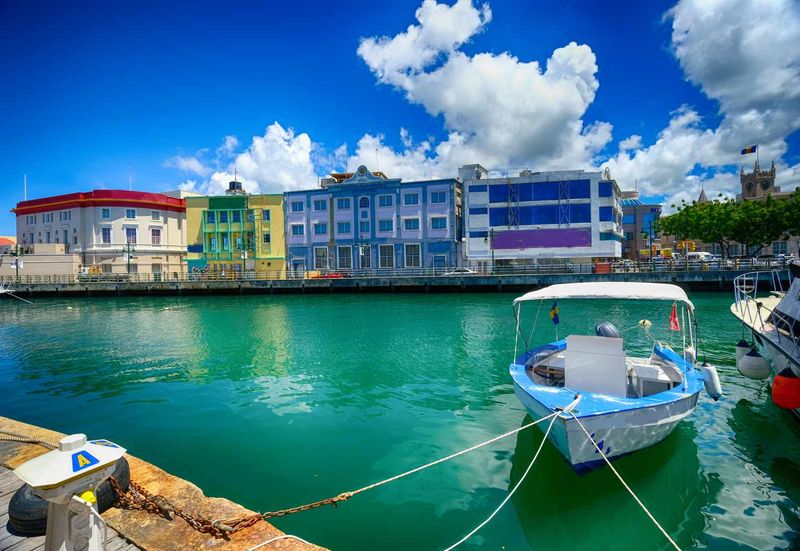
Barbados enjoys a strong safety reputation compared to many Caribbean nations, yet certain areas warrant caution. Bridgetown’s side streets and St. Lawrence Gap after late hours have seen tourist-targeted crimes including robberies.
Beach theft occurs frequently enough that hotels warn guests against leaving items unattended. Some water sports operators lack proper safety standards or insurance.
Though violent crime rarely affects tourists, incidents have occurred when visitors venture into non-tourist neighborhoods after dark. When enjoying this charming island, use hotel safes religiously, avoid excessive displays of wealth, and arrange transportation through reputable providers. The overall risk remains low for visitors who exercise basic precautions.
10. Aruba’s Hidden Hazards
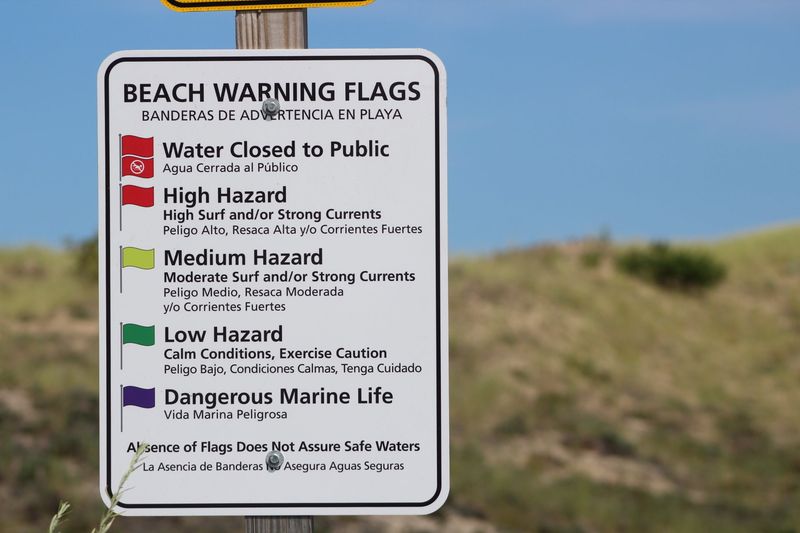
Aruba markets itself as “One Happy Island” with good reason – it’s among the Caribbean’s safest destinations. However, natural dangers sometimes catch visitors unprepared. The powerful undertow at certain beaches has resulted in drownings despite warning signs.
Rental car break-ins occur at remote natural attractions like the Natural Pool and Arikok National Park. The island’s desert landscape poses heat-related risks for unprepared hikers.
Though violent crime rarely targets tourists, drug-related activity occasionally affects nightlife areas. When visiting, heed beach warning flags, never leave valuables visible in vehicles, and carry ample water when exploring natural areas. Most visitors experience nothing but Aruba’s legendary hospitality.
11. Saint Kitts and Nevis Requires Awareness
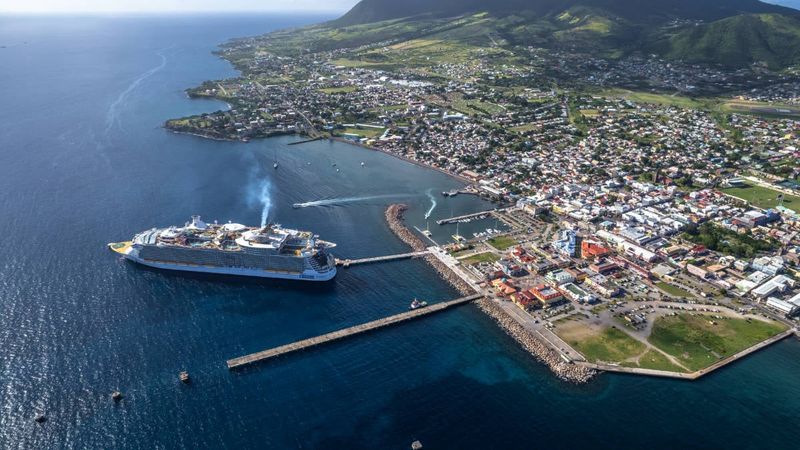
Saint Kitts and Nevis charms visitors with lush rainforests and uncrowded beaches, yet safety considerations exist. Cruise ship days bring opportunistic theft around Basseterre’s port, particularly targeting distracted photographers or shoppers.
Isolated beaches occasionally see robberies when tourists bring valuables. After dark, even relatively safe areas like Frigate Bay have experienced incidents.
Though violent crime rarely affects tourists, home invasions have occasionally targeted vacation rentals with inadequate security. When visiting these beautiful islands, secure accommodations thoroughly, avoid displaying expensive items, and consider guided tours for forest hikes. Most visitors experience only the genuine warmth these islands are known for.
12. Antigua’s Increasing Incidents
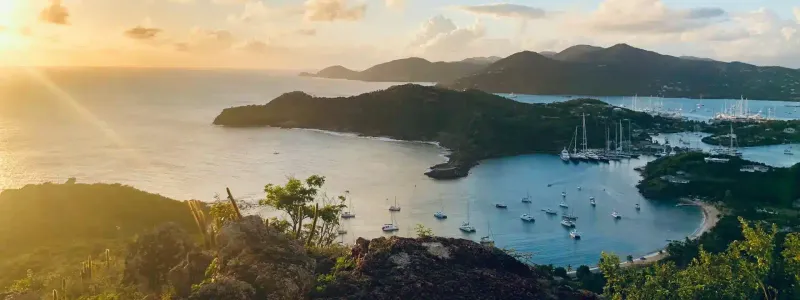
Antigua’s 365 beaches create paradise-like settings, but increasing reports of tourist-targeted crime demand attention. Rental home break-ins have risen in certain areas, while isolated beaches occasionally see robberies when visitors bring valuables.
Cruise ship days bring heightened risk around St. John’s as opportunistic thieves target distracted tourists. Water safety concerns exist at certain beaches with dangerous currents but no lifeguards.
Though still relatively safe compared to some Caribbean destinations, Antigua has seen concerning incidents in recent years. When visiting, choose accommodations with proper security, avoid isolated beaches with valuables, and maintain awareness in crowded tourist areas. Most visitors experience only Antigua’s legendary hospitality and stunning scenery.
13. Haiti’s Extreme Risk Reality
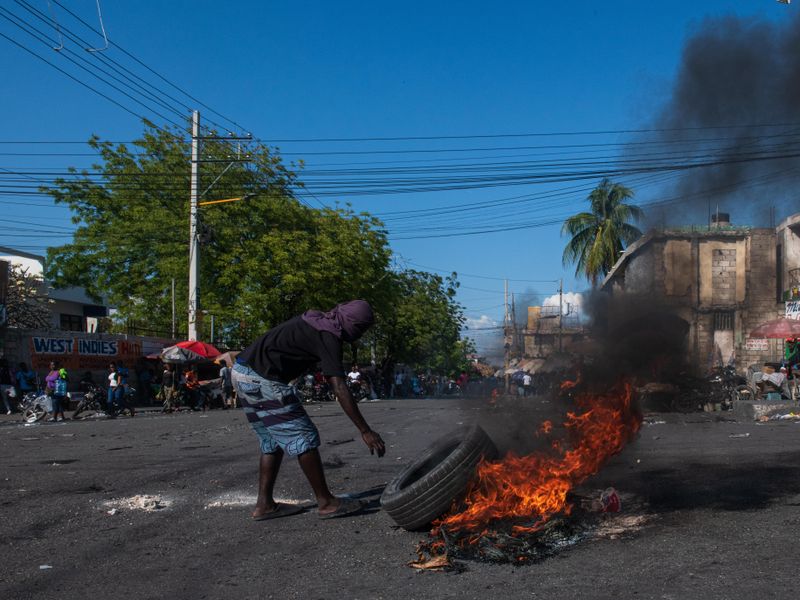
Haiti faces such severe security challenges that most governments advise against all travel there. Gang violence controls large portions of Port-au-Prince and other cities, with kidnappings targeting foreigners for ransom becoming increasingly common.
Political instability has created a near-lawless environment where even humanitarian workers face serious threats. Healthcare infrastructure has collapsed in many areas, making medical emergencies potentially fatal.
Though Haiti possesses incredible cultural heritage and natural beauty, current conditions make tourism virtually impossible. Even experienced travelers with local connections face extreme risks. Until significant security improvements occur, Haiti remains firmly in the “no-go” category for responsible travelers, despite its fascinating history and resilient culture.
14. Venezuela’s Coastal Catastrophe
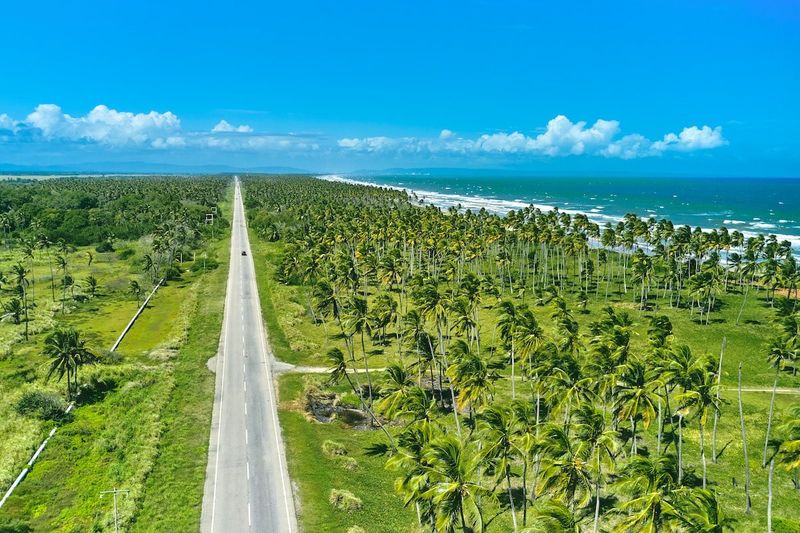
Venezuela’s Caribbean coastline once attracted international tourists with stunning beaches and affordable luxury. Today, it represents perhaps the hemisphere’s most dangerous destination. Extreme economic collapse has created desperate conditions where armed robbery, express kidnappings, and carjackings target anyone perceived to have resources.
Official corruption means police often participate in crimes against foreigners rather than preventing them. Healthcare has collapsed so thoroughly that even minor medical issues can become life-threatening.
Though Venezuelan people remain warm and resilient despite hardships, current conditions make tourism impossible to recommend. Even experienced travelers with local connections face extreme danger. Until significant political and economic stabilization occurs, Venezuela must remain in the absolute “no-go” category.
15. Haiti’s Double Warning Deserved
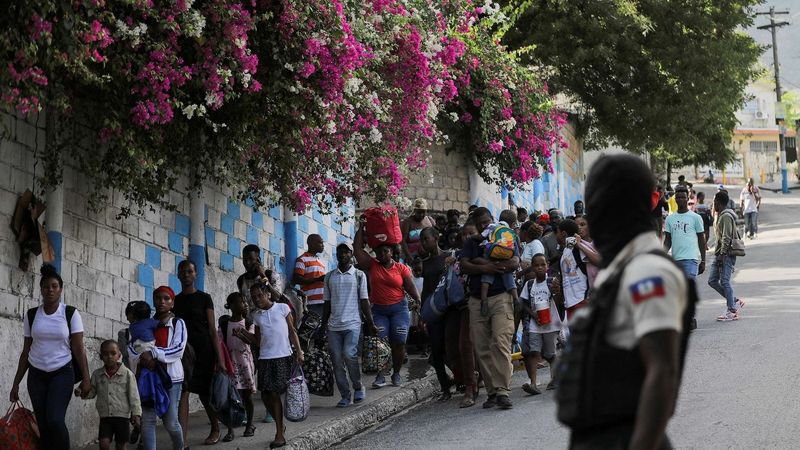
Haiti appears twice on our list because its situation has deteriorated so dramatically it warrants special emphasis. Beyond the gang violence and kidnapping risk mentioned earlier, the complete breakdown of infrastructure creates additional dangers.
Roads have become impassable or controlled by armed groups demanding “tolls.” Water and food safety cannot be guaranteed even in formerly secure areas, creating serious health risks.
Though Haiti’s historical significance as the world’s first Black republic and its vibrant culture make it intellectually fascinating, current conditions place it firmly off-limits for tourism. Even aid workers require extensive security protocols. Haiti needs support through appropriate channels, but tourism cannot currently be conducted safely.
